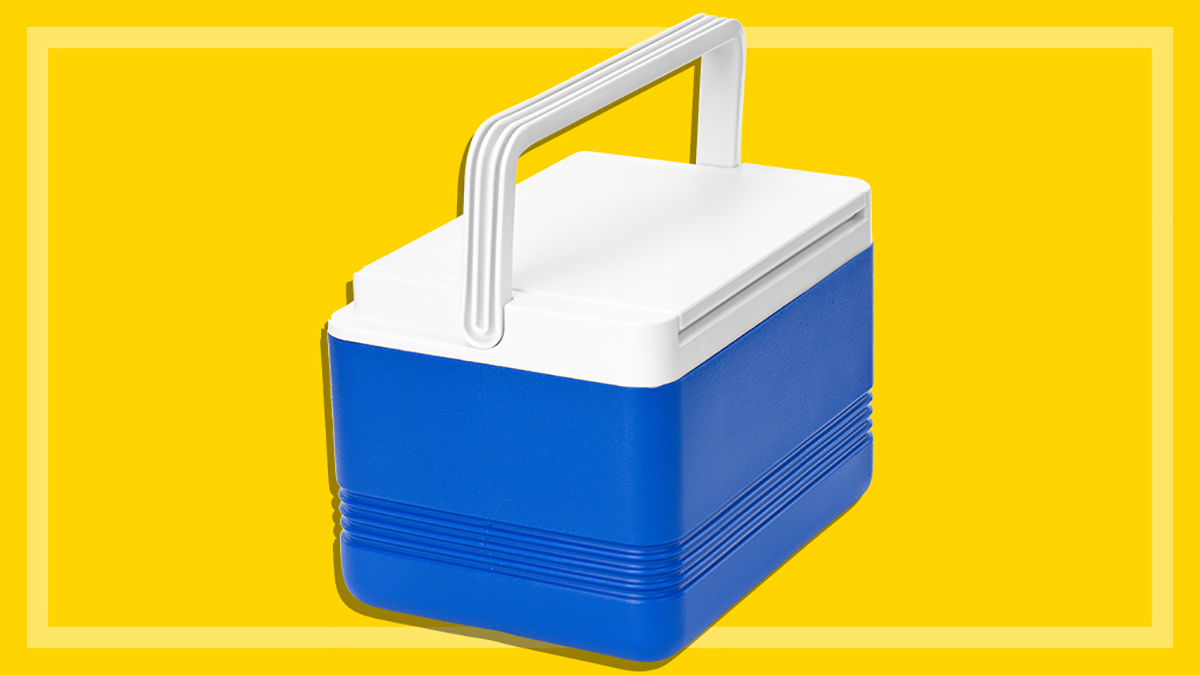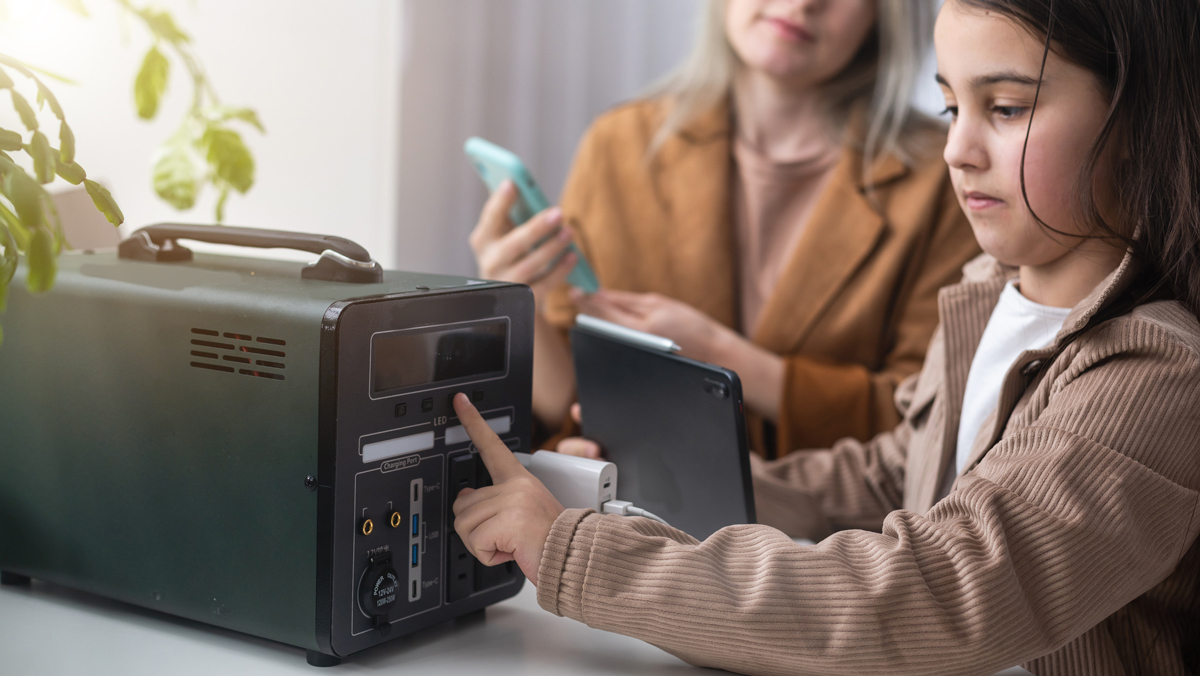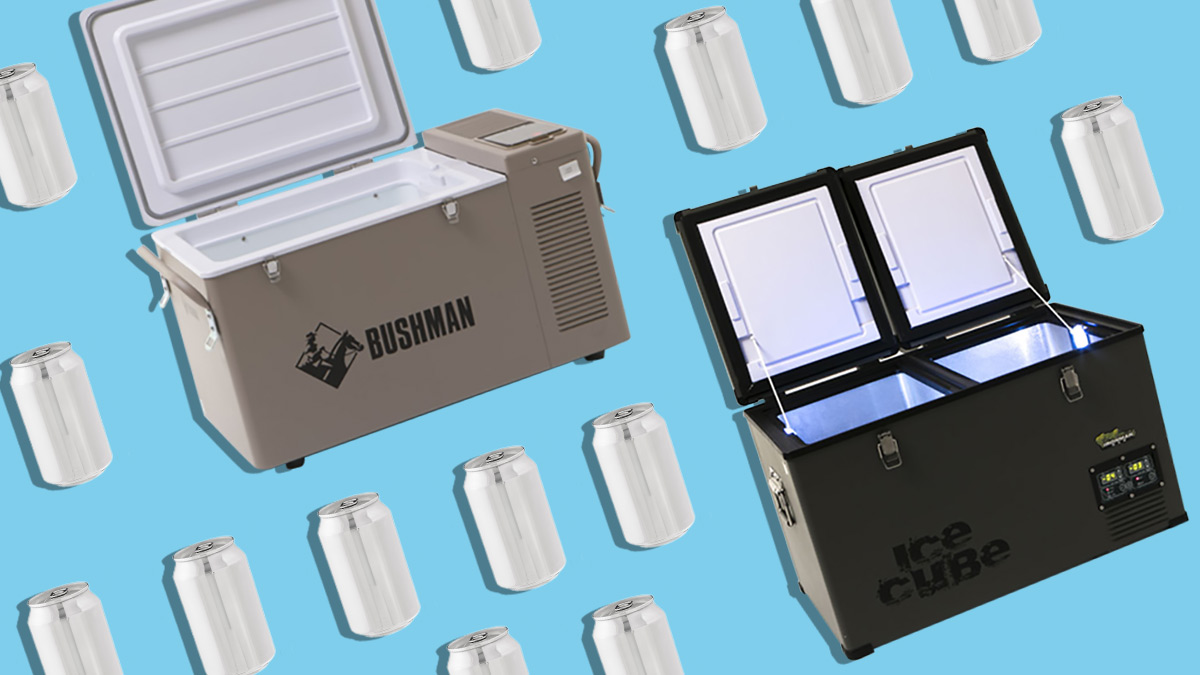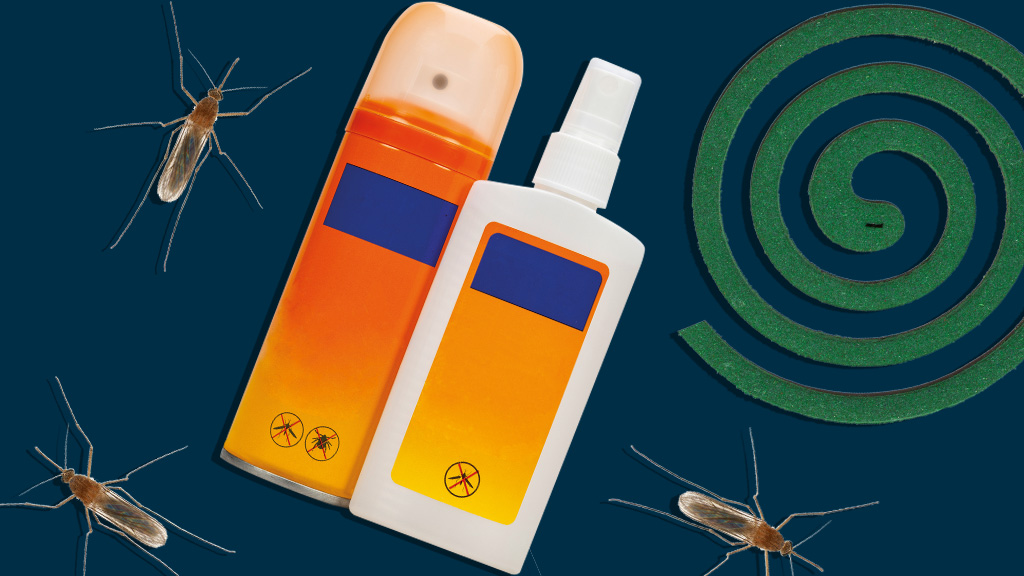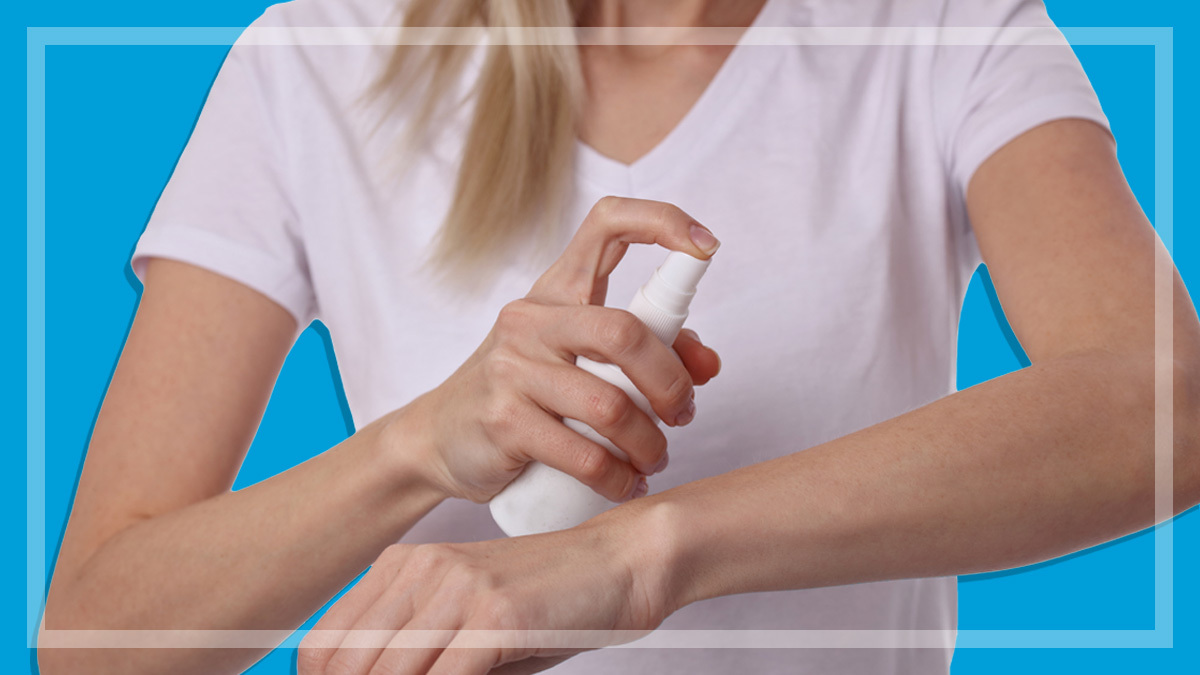Get our independent lab tests, expert reviews and honest advice.
How to buy the best cooler
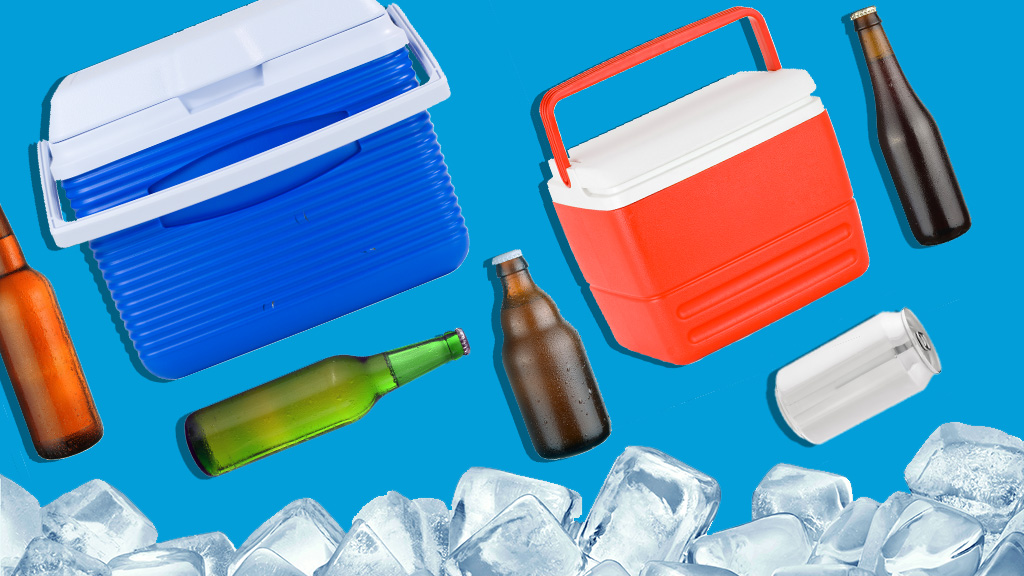
We Aussies love our picnics, weekends away camping and backyard barbies. Great food is a big part of these events and icy cold drinks are even bigger, so it’s little wonder that Australia is home to the first official portable cooler in the world – the Esky!
On this page:
- Which size cooler do I need?
- How much do coolers cost?
- Features to look for
- Helpful hints for using your cooler
- How long will my cooler last?
A good cooler is essential for keeping your food and drinks nicely chilled, so here’s what you need to look for:
Which size cooler do I need?
You might be tempted to go large, but make sure your new cooler will actually fit in your car. Narrow and smaller coolers are also easier to lift without assistance. The flipside is, larger coolers can fit more ice, so they tend to keep their cool a little longer than smaller ones.
Taller coolers allow you to store bottles upright, while models with recessed lids allow you to load items higher (but they could become warm in this space).
How much do coolers cost?
The models in our most recent cooler review range in price from $55 to $1800, with more expensive models tending to feature better insulation.
Think about what you’re going to be using your cooler for – if you’re depending on it to keep food and drinks cold for several days, or in extreme temperatures, then spending more is an investment in food safety. If you only need to keep a few drinks cold for an afternoon BBQ then ‘cheap and cheerful’ may be more than adequate.
Features to look for
Insulation
Thicker walls generally provide better insulation. Look for walls and lids that don’t compress easily when pressure is applied, as they’re more likely to be filled with air. As an added bonus, sturdier coolers can also be used as a seat.
Seals
Look for good seals around the lid and other openings (such as the drain plug). The better the seal, the more likely you are to keep your food and drinks cold.
Cleaning
Textured lids look great but can be difficult to keep clean. Look for smooth surfaces, and flush-mounted drains that won’t trap dirt and food particles.
Dry ice compatibility
Dry ice is really cold so it’s great for keeping food chilled, but it can potentially damage your cooler. Check the manufacturer’s instructions about dry ice use. A dry ice block should be heavily wrapped so it doesn’t come into contact with the liner of your cooler and damage it.
Wheels
Wheels will make manoeuvring your fully laden cooler much easier.
Handles
Handles should be robust and easy to grip. Shoulder straps are useful for small coolers while pull handles are better for larger wheeled types – try first to make sure they suit your height.
Check that the handle design and placement facilitates easy carrying, as some of them can get very uncomfortable when the cooler is full.
Drainage
A drain plug lets you drain melted ice from your cooler without upending it, an essential feature for larger coolers which may be too heavy to tip.
Bungs, plugs or stoppers that seal the drain hole should fit well and have some sort of retention device so they don’t get lost. A hose fitting makes draining your cooler less messy.
Flush-mounted drains don’t trap dirt or objects.
Latches and lids
Latches and lids should be easy to open and close; one-handed types are easier for general use. Hinged lids can be quite heavy and cause the cooler to topple over when it’s empty.
Some coolers in our test also feature a padlockable latch, which can give you peace of mind if your cooler is used on a boat, campground or otherwise unattended.
One of the coolers in our test also has tie-down points to keep it from bouncing around in a moving vehicle, or potentially becoming a projectile in the event of a crash.
Helpful hints for using your cooler
Your food must be kept below 4°C (or above 60°C) to remain in the safe food temperature zone. Any food that strays outside this zone for longer than four hours should be binned.
Here are some tips for keeping your food safe in a cooler:
- chill or freeze food and non-fizzy drinks overnight before packing
- avoid cross-contamination of cooked and raw food by packing in leak-proof containers or zip-lock bags
- fill as much empty space as possible with ice – the fewer air gaps, the better
- if using freezer packs, place a layer on the bottom of the cooler and a layer on the top. If space allows, squeeze some in the sides too
- liquid freeze packs will stay frozen longer than gel types
- packing the cooler should be your last job before taking off
- keep the cooler in the shade and in the coolest place you can find
- make sure the lid is fully closed each time you open it
- keep opening the cooler to a minimum.
How long will my cooler last?
A brief look at the warranty filter on our review shows that some manufacturers have high confidence in their products, offering lifetime warranties; some don’t, offering only a year. Hard cooler external parts are usually made of a very hard polyurethane or similar combination of plastics, or metal and plastic, so should last a long time – a good way of telling is if they make sure they have universal parts.
For instance, you might be likely to lose the gasket (or seal) before you see any wear on the outer plastic, assuming you treat it well. The gasket is made of softer plastic so is likely to wear away faster than the hard plastic parts over time – regardless if you use it or not. If the manufacturer uses universal parts, meaning they use the same gasket across multiple years and models, its more likely you’ll be able to replace it in time – along with the bung for the drain.
It’s possible for manufacturers that have high confidence in their products to make sure they keep the same measurements for these replaceable parts so that even when the material they make a gasket from improves, the gasket will still be for the same size, so the new gasket can be used in place of the old one. Manufacturers that keep the same measurements for their models over time have an advantage here.
Parts of a cooler likely to deteriorate first;
- hinges
- gaskets
- drain and bung
- handles

